Many people practice gardening as a hobby, even if it demands time from their hectic schedule. This is totally out of passion, and the reason behind them giving it so much priority is the satisfaction they can derive from this.
The selection of space to carefully prepare oil to select the right tools to select plants to cultivate, the whole journey of gardening is full of passion and hard work.
And what can be the best result of all the hard work you have put into gardening? The product, the plants, of course. But what happens when something undesirable happens.
What if you put all your hard work and determination to get the desirable results and come to realize that the endeavor was getting diverted in a different and undesirable direction. You would be mad as hell, won’t you?
The same problem is faced by a lot of gardeners who put a lot of time, resources, devotion, and ideas to get something that is not expected and not desirable. This demotivates them from continuing with their hobby. In gardening and farming, the undesirable plant produced is called a weed.
This example would make everything clear to you. Suppose that you want to grow tomatoes in your backyard and prepare the land to cultivate tomatoes. You put the right amount of fertilizers in it and rinse it well and plant tomato plants. But after some time, you observe that there is some unwanted grass growing along with the tomato grass. This grass here is a weed.
Now, why is this grass a problem? It competes with the plants you desire to flourish for oxygen, sunlight, water, nutrients, and the fertilizer you provide. So, in a way, these grasses are taking up much of your hard work, which was intended towards growing some other plant, in this case, tomatoes.
Weeds
As we know, weeds are the undesirable plants that grow along with the main crop, intended to grow, and compete with it for the sunlight, water, oxygen and carbon dioxide, and other essential nutrients that are provided for the main plant. These plants hamper the growth of central plants, and this makes them a big issue.
These weeds are not necessarily harmful to the plants directly, but they hamper their growth by taking part in their nutritional requirements. They can also be harmful to the plants and animals directly a lot of times.
Like some weed plants can be toxic for many plants and animals. They can harm the useful pollinators who can help the vegetation to grow. They can even propagate quickly, leading to the eradication of desirable plants.
Now that we are aware of weeds let us know its most common types and later proceed into the most common weeds that grow in your garden.
Types of Weeds
Annual Weeds
These are the types of weeds that have a life cycle of one year. This means that they germinate and start to grow at one point in a year and die near that same point in the next year. They are further divided into two types.
One is the summer type, which germinates in the spring season, grows, nurtures in the winter season, and dies in the winter season when the temperature drops. The second type is the winter type, which germinates during the fall, remains dormant during the winter, and dies in the spring.
Biennial Weeds
Weeds of this species have a life cycle of two years. They germinate at some point in time in a year and continue to grow and nurture throughout the year and finally die after completing the second year after it has produced seeds for a new plant.
Perennial Weeds
Weeds of this type are the most common and the most problematic. They seem like they are evergreen and cannot die in any part of the year naturally. These weeds have taproots that are well-rooted inside the ground.
These roots are the reason for the plant’s life. Even if the plant’s shoot system dies, it is provided a new life because of the healthy root system. Sometimes it feels like they are impossible to get rid of, and they can only be removed by killing the root system.
Now that we are aware of the different types of weeds, let us continue our journey of weed identification and see what the most common types of weeds are
Most Common Weeds: Weed Identification
Before removing any weed or acting of any sort, you must be good with weed identification; otherwise, you could face the cost and cultivation issues. Some of the most common weeds that can probably grow in your garden are mentioned below.
Dandelion
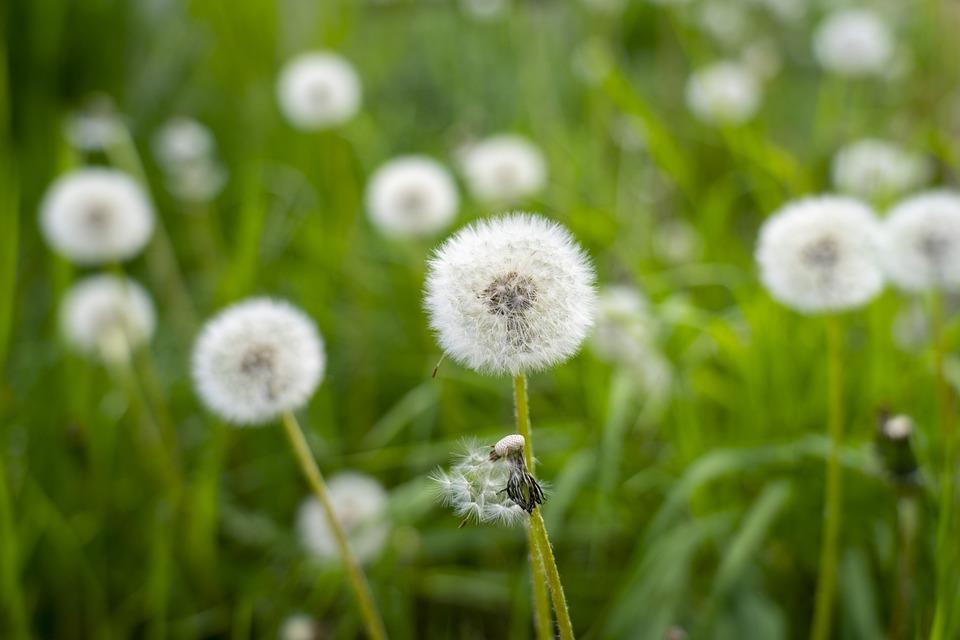
It is a common weed that is perennial. These weeds grow in considerably fewer areas and can go up to lengths of 10 to 15 inches, with its taproot reaching lengths of 10inch. Because of its taproot, it is perennial as the shoot system grows up again and again until and unless you uproot the whole root.
Growing in lawns with poor soils, dandelions require considerably less amount of land area. However, they are edible, both by animals and humans. It would help if you got good at weed identification to identify whether the dandelion is uprooted totally or not.
Crabgrass
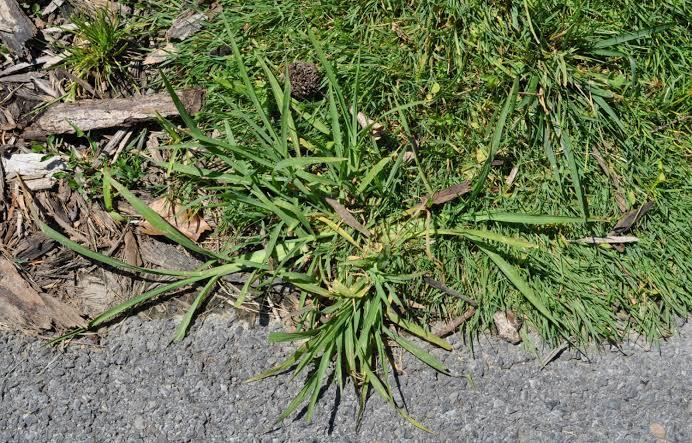
This weed is annual. It grows in undernourished and less fertile soils and lawns. They look like grass and grow very close to the grounds. These annual weeds grow in the spring season and die by the time it is summer. But they can grow again when the conditions are favorable because its seed can live up to several days when left untouched.
However, you can easily avoid these weeds by taking proper care of your lawn and checking for this weed. Differentiating crabgrass from regular grass would mean that you are getting better at weed identification.
Creeping Charlie
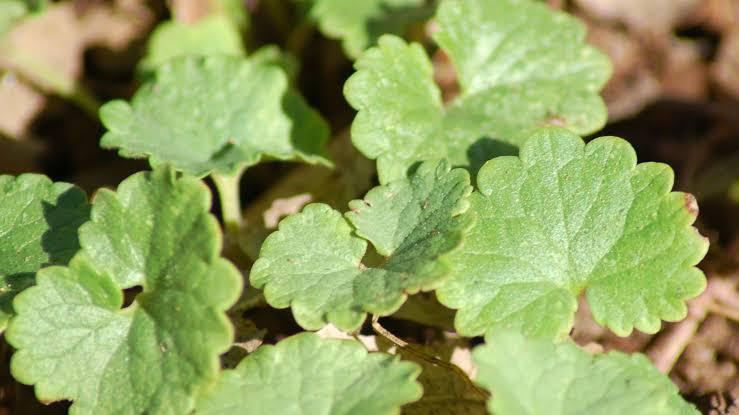
Creeping Charlie is a perennial type of weed. It reproduces with the help of seeds or creeping stems, which is also the reason behind its name. It generally grows in a noisy and grassy lawn, which is poorly fertilized and undernourished.
Controlling it is a challenging and essential task as it propagates very fast, allowing a new plant to grow from every part of the root. This cannot grow in dry soil as moisture is a must for its growth. One can also prevent its growth by properly taking care of the lawns and fertilizing it judiciously.
Smartweed
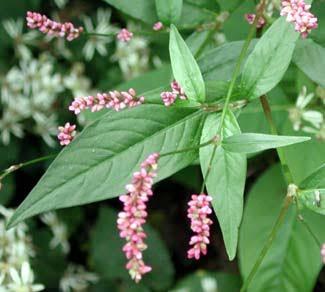
This weed does not even need a thorough weed identification as it can be identified very quickly because of its pink and white flowers. Smartweed is an annual weed that flowers in the summers and dies when it gets cold.
It sheds a lot of seeds, which allows it to propagate further. However, these attract many pollinators, and this way, the other plants in the garden also get pollinated. This way, it is not that dangerous. But when in large numbers, you would probably want to remove it because it would be contributing to your desired vegetation for nutrients and light.
Canada Thistle
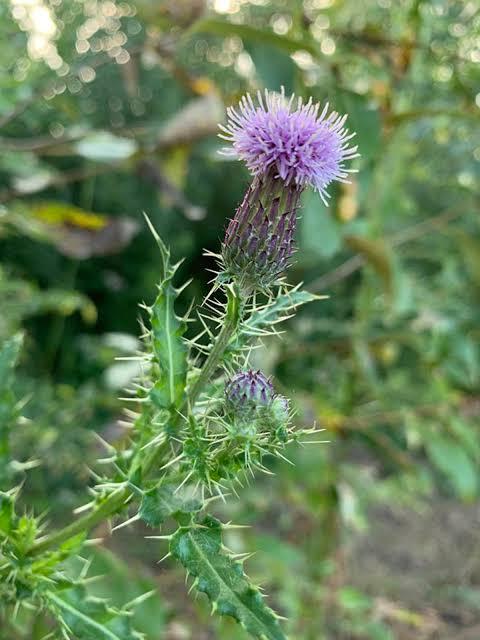
This, like the many others, is also a perennial weed, which can grow up to the heights of 4 feet. It can propagate very frequently and evenly. With a root system that can go up to 15 feet deep, it is tough to get rid of them, as lulling the whole root system could be one troublesome task that only a hulk-like figure can do. But you can break the root system to make sure that it does not propagate.
This weed’s identification must be made as soon as possible. Otherwise, it will become a lot more stressful because a big plant can easily compete and deprive your central plants of a lot of vital nutrients. You need to act as soon as possible!
Dayflower
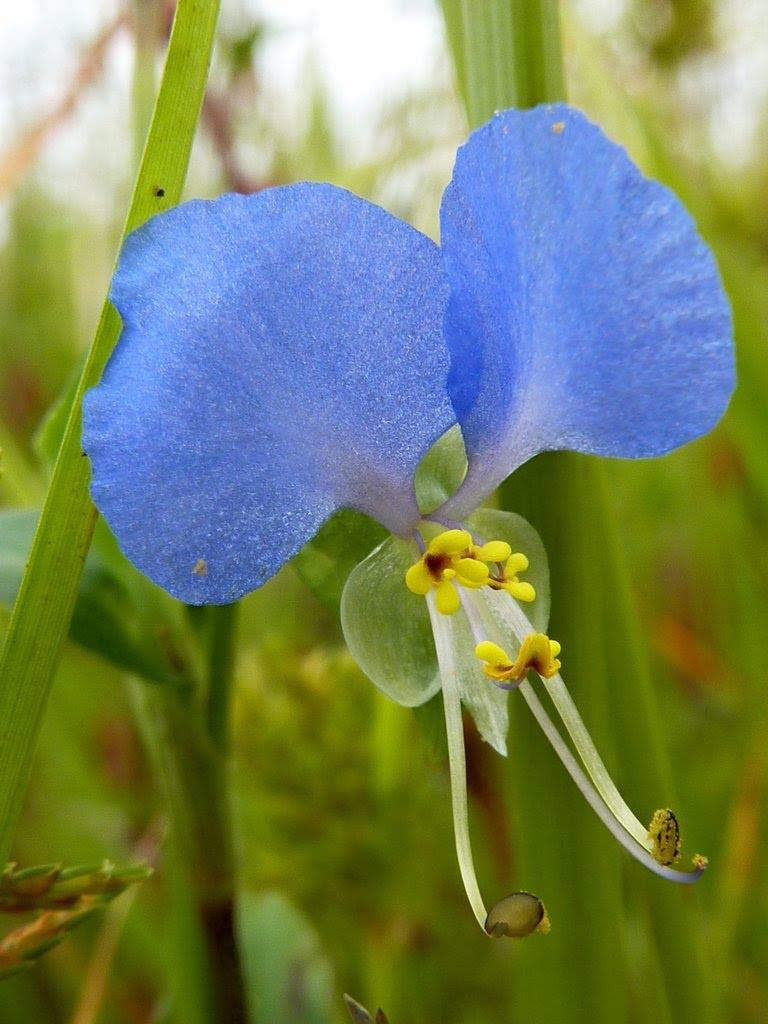
This weed is an annual weed that grows well in the cold and dies by the time it is summer. They can grow up to 25 to 30 inches in height and are easily identifiable because of their dark green leaves and blue flowers.
You do not need to be an expert in weed identification to identify this weed. It is somewhat attractive and not toxic and, thus, is left as if it is not present in large numbers competing with the central plants. It is easily pulled off, and this makes getting rid of it very easy.
Conclusion
Above are some of the types of weed classified based on their life span and growing seasons. Above are some of the most common weeds that you may tackle depending on the time of the year.
Weed identification will let you know which weed is causing a problem in your garden, and this way, you can think of ideas for getting rid of them.
After proper weed identification and taking actions accordingly, you are left with a garden containing the desired plants. Hence, You 1 – Weed 0

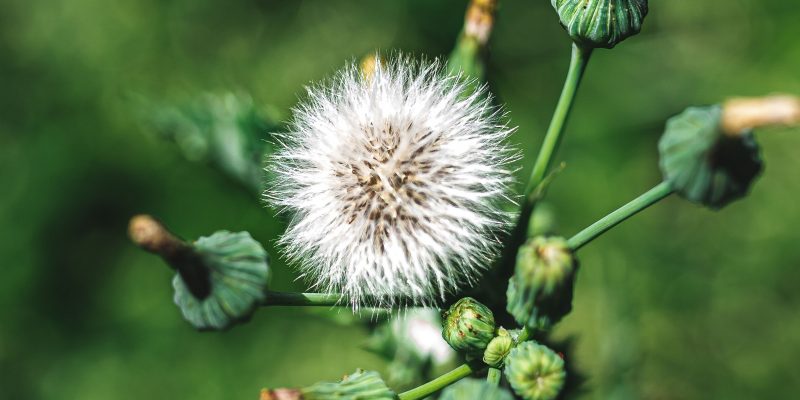

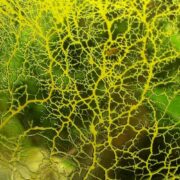
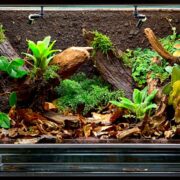







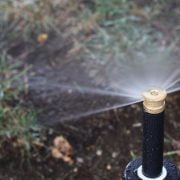
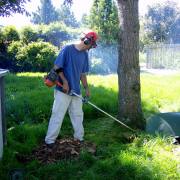
Comments